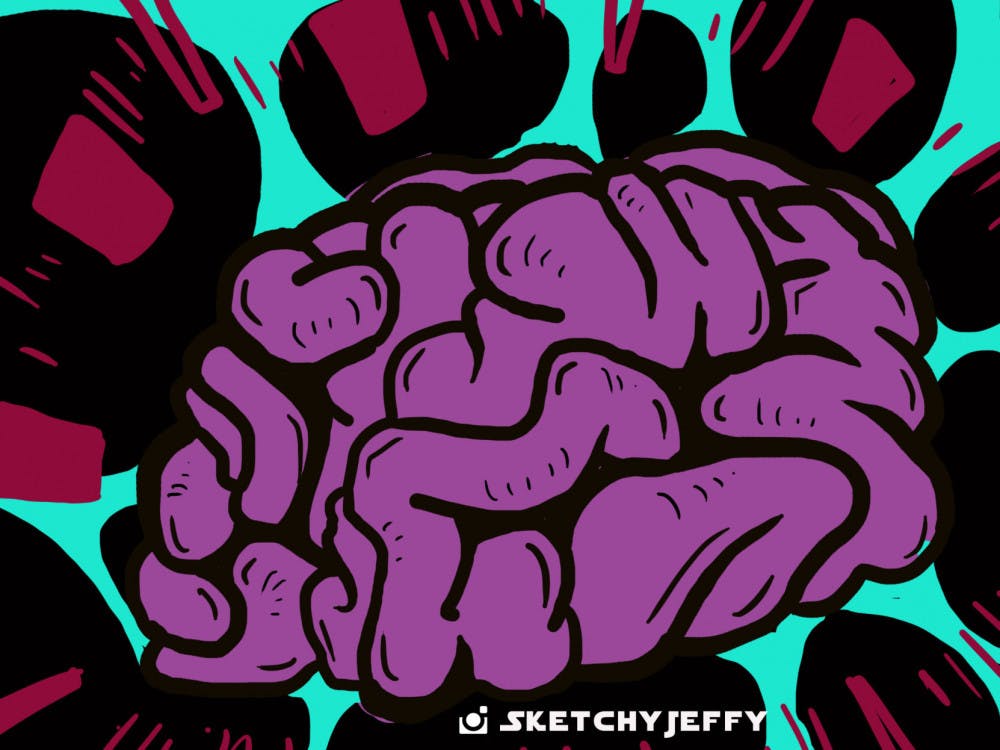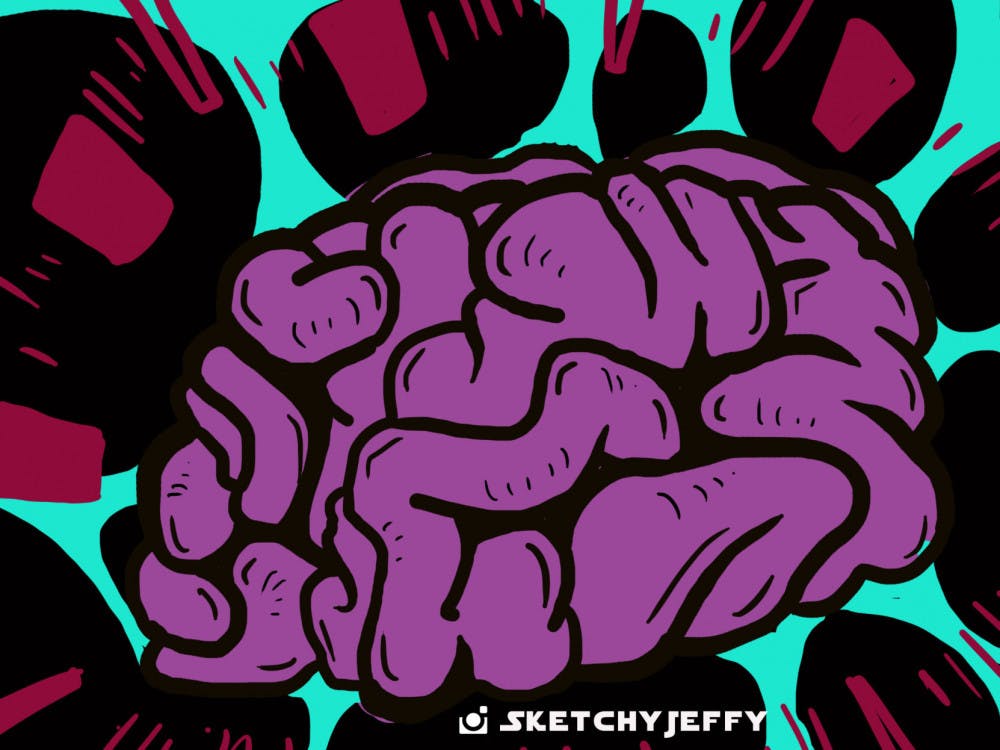University of Memphis campus police transported a student to a mental health treatment facility in August, just one of what university officials say is a growing number of students needing such help early this fall.
Police responded to a call from psychologist Umieca Hankton from the Counseling Center who said that the student was “having thoughts of harming herself,†according to the U of M campus police report.
In the past month, at least five students from the university have been sent to treatment for mental health evaluations, said Robert Maichrowicz, associate director of counseling, tutoring and testing at the U of M.
“Those numbers are increasing because students in general are under greater stressors and maybe don’t have the coping skills,†Maichrowicz said. “Ten to 15 years ago, we could go a whole year and only send about five people to be evaluated. Last February, we sent maybe eight to 10 in one month.â€
Surveys show that suicide and suicidal thoughts among college students are more common now than ever before. The 2015 American College Health Association’s National College Health Assessment reported that, of the 22,931 surveyed students, almost 50 percent have felt that things were hopeless. Around 10 percent had seriously considered suicide, and 1.6 percent had attempted suicide.
In the University of Texas’ study “New Data on the Nature of Suicidal Crises in College Students: Shifting the Paradigm,†they surveyed 108,536 students across 70 U.S. colleges and universities. In the past 12 months, 37 percent of undergraduate students thought “I wish this all would end.†Thirty-one percent have thought of suicide at least once, and 65 percent felt like committing suicide due to emotional or physical pain.
“Ten to 15 years ago, we could go a whole year and only send about five people to be evaluated. Last February, we sent maybe eight to 10 in one month.â€
- Robert Maichrowicz, associate director of counseling
The study reported that suicide is the third leading cause of death for people between the ages of 15 and 24 years old, and is believed to be the second leading cause of death for college students.
The incident on Aug. 9 was filed under an “emergency committal.†Derek Myers, chief of police, said that this classification happens when a student is thought to be a harm to themselves and others. “Under Tennessee state law, we have to immediately take the person into custody and into treatment,†Myers said. “It’s a medical report, but since an arrest was made, we have a report on it.†Myers said that due to federal privacy laws, he was unable to discuss the specific situation or identify the student. “We have officers on every shift that have been Crisis Intervention Team trained to deal with people in a mental illness crisis,†Myers said. “As part of our duties, we do respond to Counseling Services to transport people in crisis for inpatient treatment. So far this year, we have responded to 38 calls of this type. Twenty-three of those calls came from Counseling Services.â€
Campus police can be called to transport a student even when the harm is not deliberate, Maichrowicz said.

Photo illustration of a stressed brain.
“We’re looking at if the student is in danger of harming themselves or others,†Maichrowicz said. “They may be off their medicine or they need to be on medicine. They have an altered mental state where they are not thinking clearly.â€
Students who may be in danger of self-harming may change their behavior or hygiene patterns, cry a lot or skip school, Maichrowicz said.
“Is their performance in school going down? Are they sleeping too much or too little? Are they losing interest in things? These things highlight serious depression, which increases suicidal thoughts,†Maichrowicz said.
Everyone needs to pay attention to how the people around them act so they know whether someone is experiencing suicidal thoughts or tendencies, Maichrowicz said.
“You can’t paint a picture that describes everyone, because everyone responds differently,†Maichrowicz said. “If something doesn’t feel right, it’s worth checking out.â€





